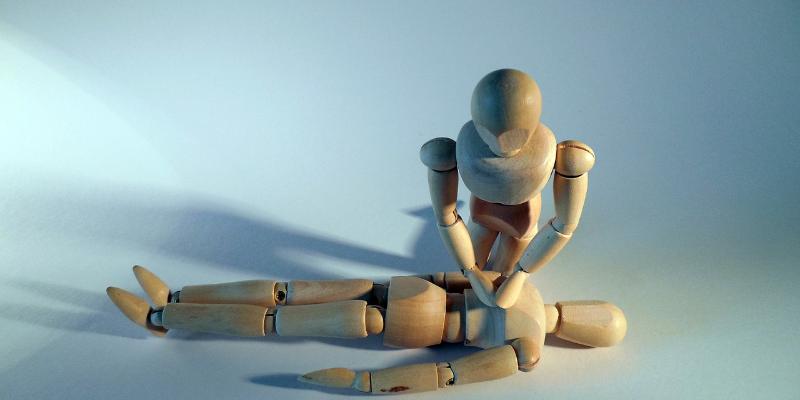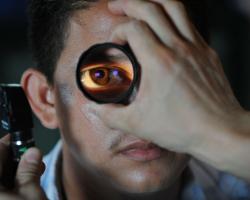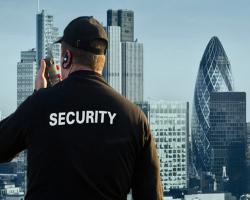It is always better to do something than nothing – this is a basic rule of giving first aid. We should remember that administering first aid is our duty, and we may be subject to penalties if we evade it.
According to the regulations, refusal to help an individual risking death or grievous bodily harm is punishable by imprisonment of up to three years.
Therefore, it is worth knowing what to do and how to help in an emergency situation.
If you see a person lying on the street...
“If you see a person lying still, you should first address him/her with: 'Miss/ Mister!’ If they don’t respond, shake their arm. If there is still no response, check the person’s breathing," advises a paramedic.
If the patient is breathing, check if he or she is conscious and reacts to pain stimuli. If you find that the patient is unconscious, call for help.
“It is best to refer directly to a particular person: 'Can you please call for an ambulance?’ Instead of: 'Somebody call an ambulance!’ or 'Please, somebody help me!’ Because then we may not get help," he suggests.
Always – even if we haven’t seen the moment of accident – we must assume that a given person may have an injury of a spine. If he or she is breathing, we must not move or turn her or him. We must immediately stabilise the spine.
“The simplest way is to kneel down and take the head of the patient between your knees," says the paramedic.
If the injured person is breathing and you know that he or she did not have a spine injury, you should put him or her in a safe position i.e. on the side, with his/her head tilted back. You should always remember that a pregnant woman should be put on the left side, to avoid foetal hypoxia.
If the patient is not breathing, the priority is to restore breath. Such a person needs to be put on the back, the respiratory tract must be cleared by tilting the head back and by lifting the chin, then chest compressions must be started.
The compressions should be performed in the middle part of the chest, by placing the wrist of one hand on the sternum,putting the wrist of the other hand on the first one, and entwining the fingers of both hands. The pressure should be made to 4-5 cm, with a frequency of less than 100 times per minute.
After performing 30 pressures you should make two so-called rescue breaths, although – as experts emphasise – according to the recent guidelines we don’t have to do it, if we help a stranger. It will be enough if we just perform the compression until an ambulance arrives or we get tired.
First aid for bleeding
It might happen that the first aid will require us to stop the bleeding. For this purpose pressure we have to exert pressure on the wound within the bleeding site (not below or above), adding, where necessary, more layers on top of the dressing. An ordinary bottle of water can be used to bathe the wound.
Compression bands should not be used, with the exception of cut-off limbs. In such a case we can use a band, bearing in mind that it should be at least 3 cm thick.
Common mistakes
Compressing the chest of newborns and small children with both hands is one of the more common mistakes. In the case of newborns, compression should be done with two fingers and with one hand in the case of children aged two or more.
Another common mistake is putting a compression band on a bleeding wound. “This may lead to ischemia in the limb, and in consequence, amputation," the paramedic warns.
We often put something hard between the teeth of a person in convulsions. This is also a mistake which may cause teeth to be knocked out and choke the injured person. In the case of convulsions, it is enough to hold the patient’s head and put something soft under it.









Comments (0)